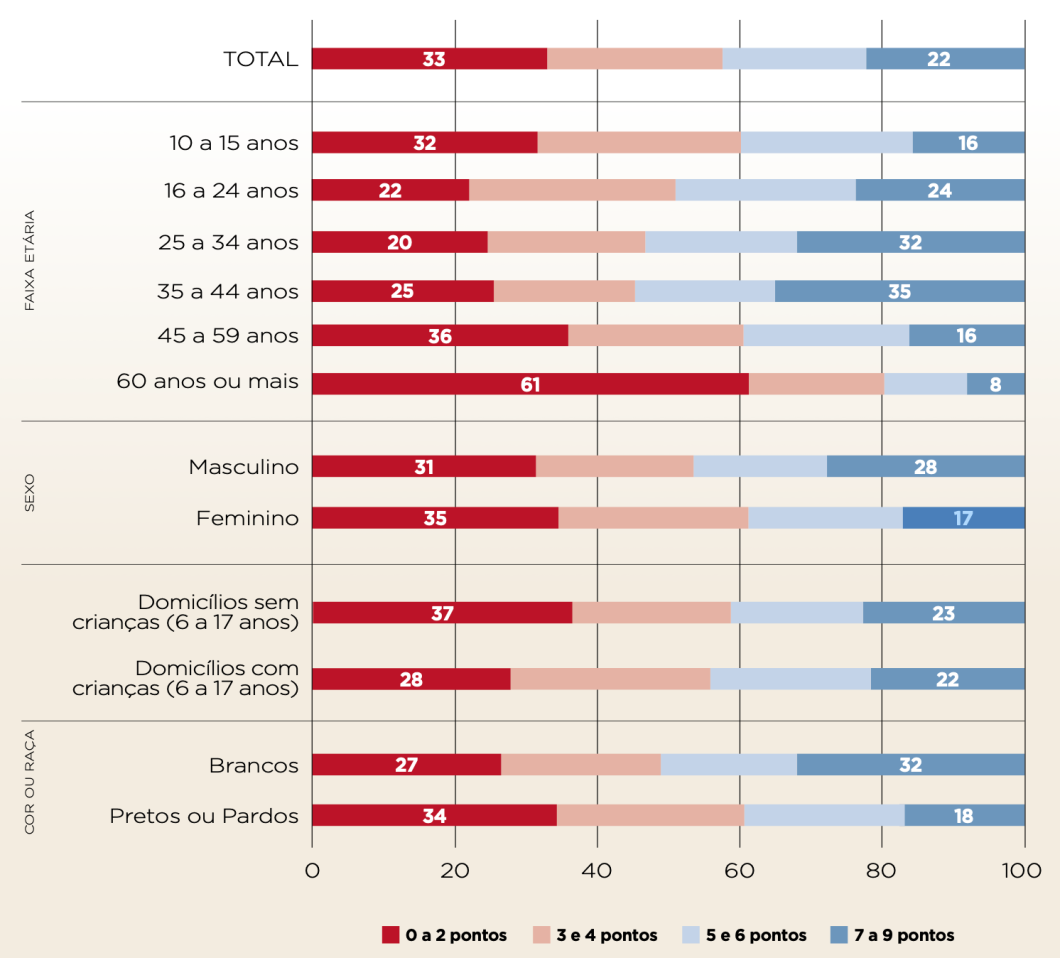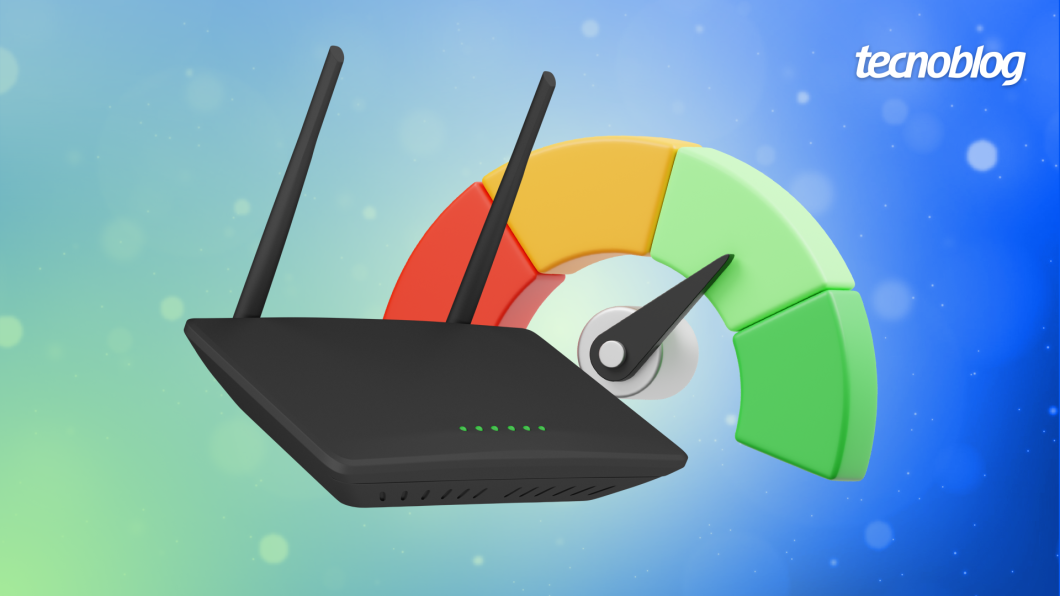The Information and Coordination Core of the BR Bridge (NIC.BR) makes public the Significant Connection Study, which presents a panorama of Internet access in Brazil in 2023. The research shows that Internet access reaches 95% of the population, and 82% of people use it regularly. And yet, only 22% of brasileiros have good connection conditions.
Considering Internet users, 84% of people have the frequency of accessing the newspaper. Diverse access between different devices — such as a computer and a smartphone, for example — is exercised by 34% of staff.
These rapid connections are present for up to 35% of Brazilians
The study shows that 59% of people use a home connection via optical fiber or cable, and the connection speed is greater than 10 Mb/s for 35% of Brazilians.
It is important to emphasize that the data should also be taken into account by people who do not pay attention to broadband, but who have access to the Internet thanks to cellular data packages.
According to statistics for the year 2024, it appears that 93.2% of fixed broadband connections are made up of fiber or coaxial cable, and the average contracted speed in the country is 369.4 Mb/s.
Apenas 22% of brasileiros have good access conditions
The object presents a score with new indicators to identify the level of connection. For NIC.BR, the research results showed a challenging scenario in Brazil.
The search is carried out according to the following criteria (each indicator represents 1 point):
- Home connection fees less than 2% of home rental
- Presence on the mobile phone plan
- Devices per capita (quantity of devices greater than one by each morador)
- Presence of computer at home
- Diversified use of devices (e.g. mobile phone and computer, mobile phone and tablet)
- Familiar connection type (motion or fixed long strip)
- Familiar connection speeds over 10 Mbps
- Internet usage frequency
- Diversified use premises (e.g. at home and not at work)
As for more points, improves the level of connectivity. Today, 33% of the Brazilian population with a lifespan of 10 years is at the lantern, with the maximum of two bridges, and 24% of people accumulate three or four bridges.
Satisfactory connectivity, from 7 to 9 points, represents 22% of the Brazilian population, while 20% of people are distributed over 5 to 7 points.


In the classification of race, social class and region, 18% of self-reported have a good level of connectivity, or about 32% between companies or the number of salts. No report from the general, 28% of men are the most connected; between women, or 17%.


In the regional register, the Sudeste region presents better connection indices, with 31% of the population, behind the South (27%), the Center-West (19%), the North (11%) and the Nordeste (11%). %).
The full study can be accessed no site make NIC.BR.


